Visitor Aggression: Is Adolescence The Turning Point?

This blog aims to shed light on how certain dogs, especially during their adolescent phase, respond to unfamiliar individuals entering their space.
Visitor Aggression: Is Adolescence The Turning Point
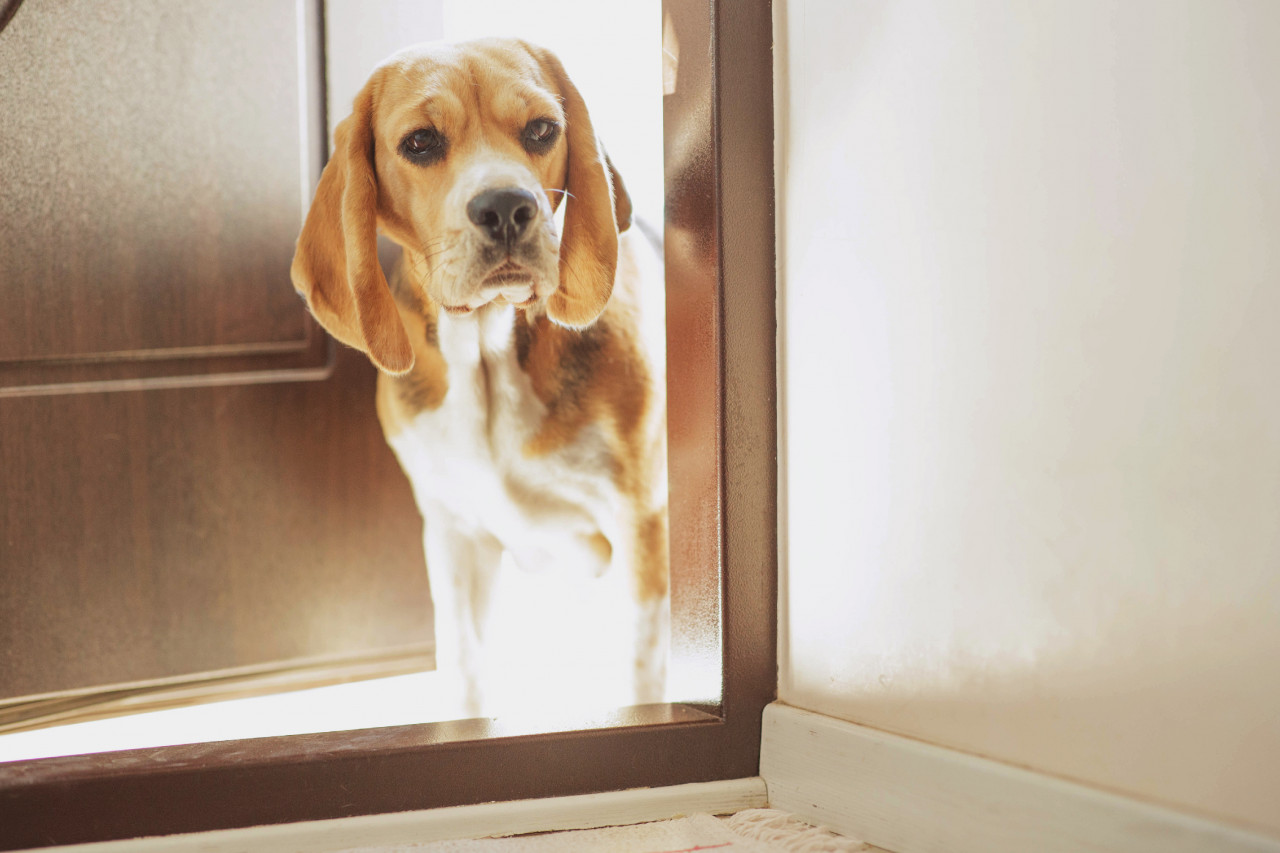
Recent headlines have brought attention to the difficulties
faced by a prominent dog, with Joe Biden's German Shepherd reported to be biting visitors. This blog aims to shed light on how certain dogs, especially during their adolescent phase, respond to unfamiliar individuals entering their space.
By presenting proactive training methods, we can effectively deter biting incidents. Additionally, we will explore the unique challenges that arise when a previously friendly puppy unexpectedly becomes wary of visitors, a prevalent scenario during the adolescent stage.
Understanding Adolescent Dog Behaviour:
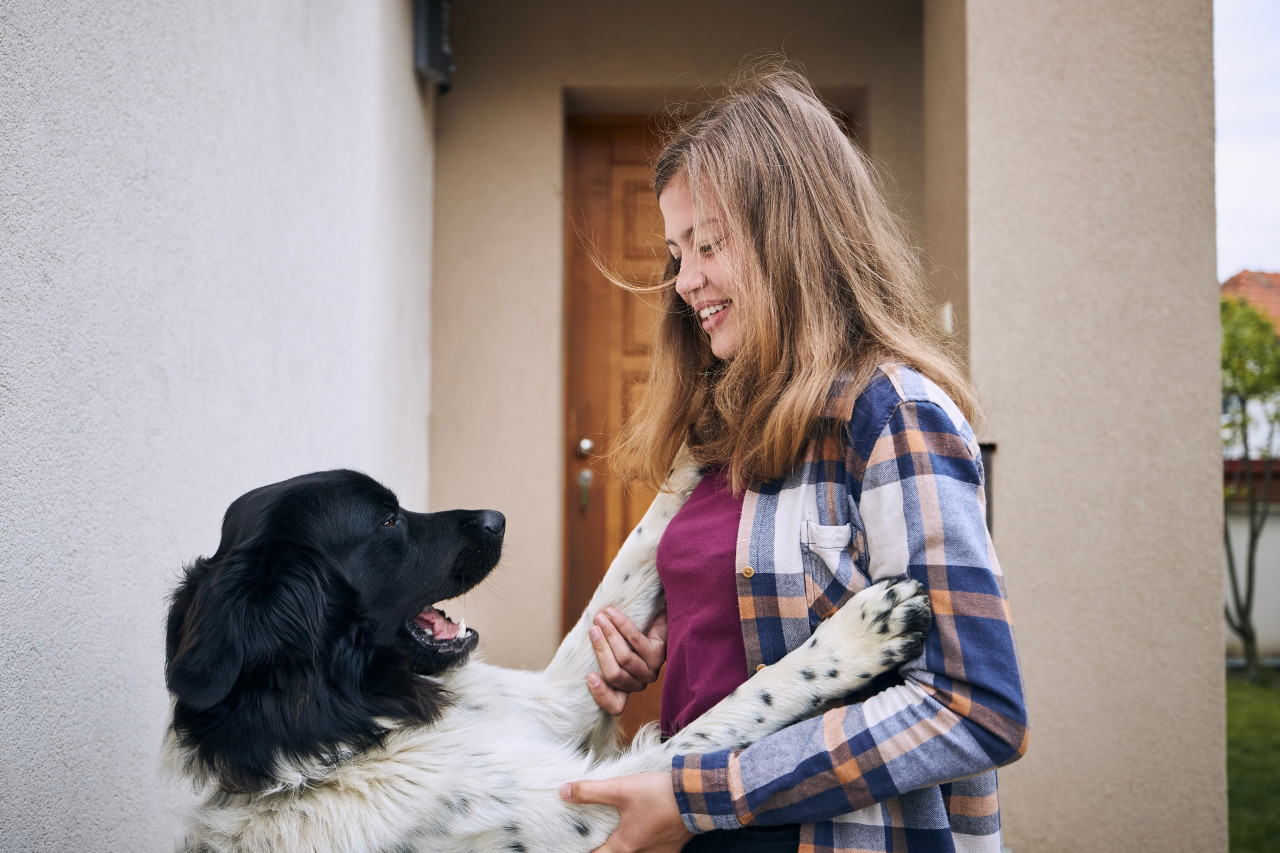
Adolescent dogs can exhibit territorial, suspicious, and anxious behaviours when confronted with unfamiliar people. Triggers, such as the mail carrier or delivery drivers, can heighten their guarding instincts.

As they become more aware of changes in their environment, heightened sensitivity during this phase may lead to increased anxiety. If not addressed promptly, these behaviours can escalate, creating a potentially challenging situation for both the dog and its owners.
The Learning Loop:
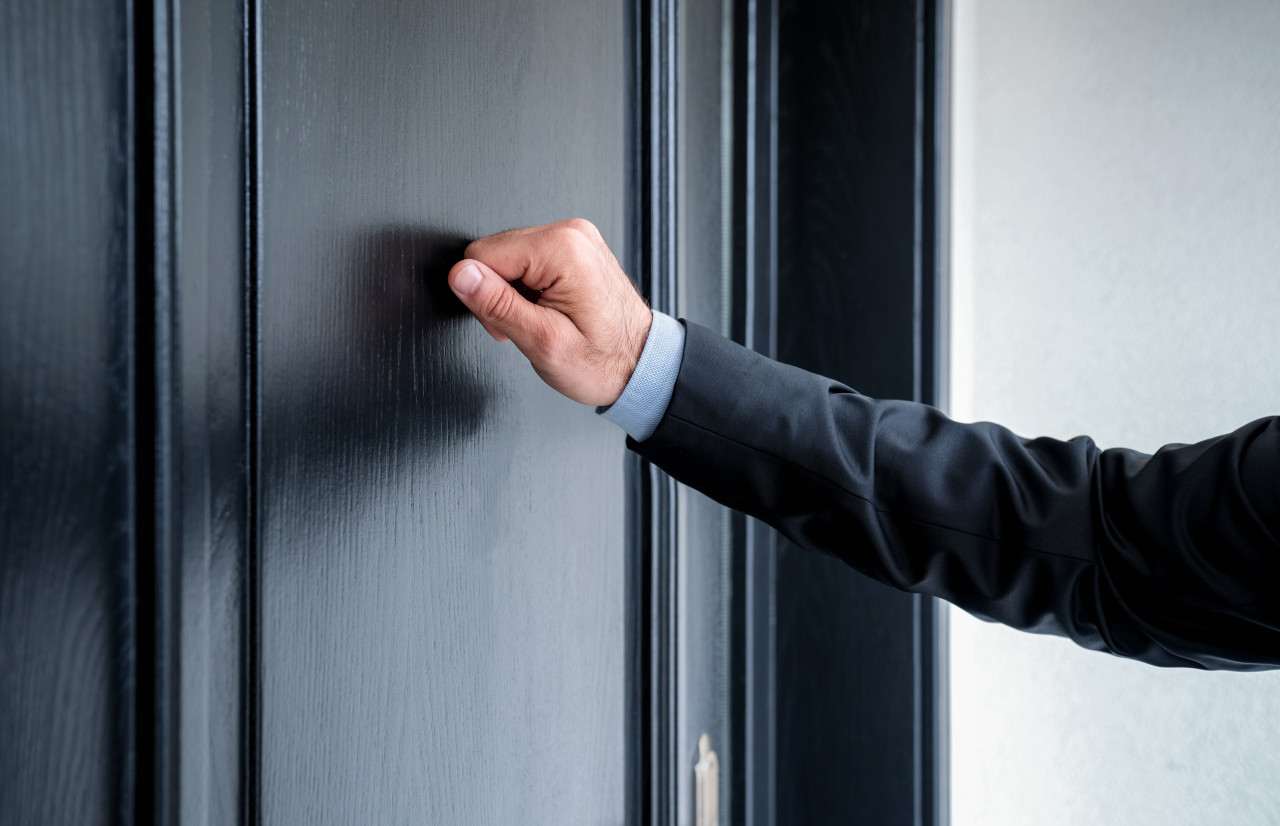
A common pattern emerges when a dog barks at someone at the door, and that person leaves, reinforcing the belief that barking successfully repels intruders. However, when someone actually enters, the dog's excitement levels surge, causing confusion and potential aggression. Biting may occur as a last resort when the situation has intensified, and the perceived threat has not withdrawn.
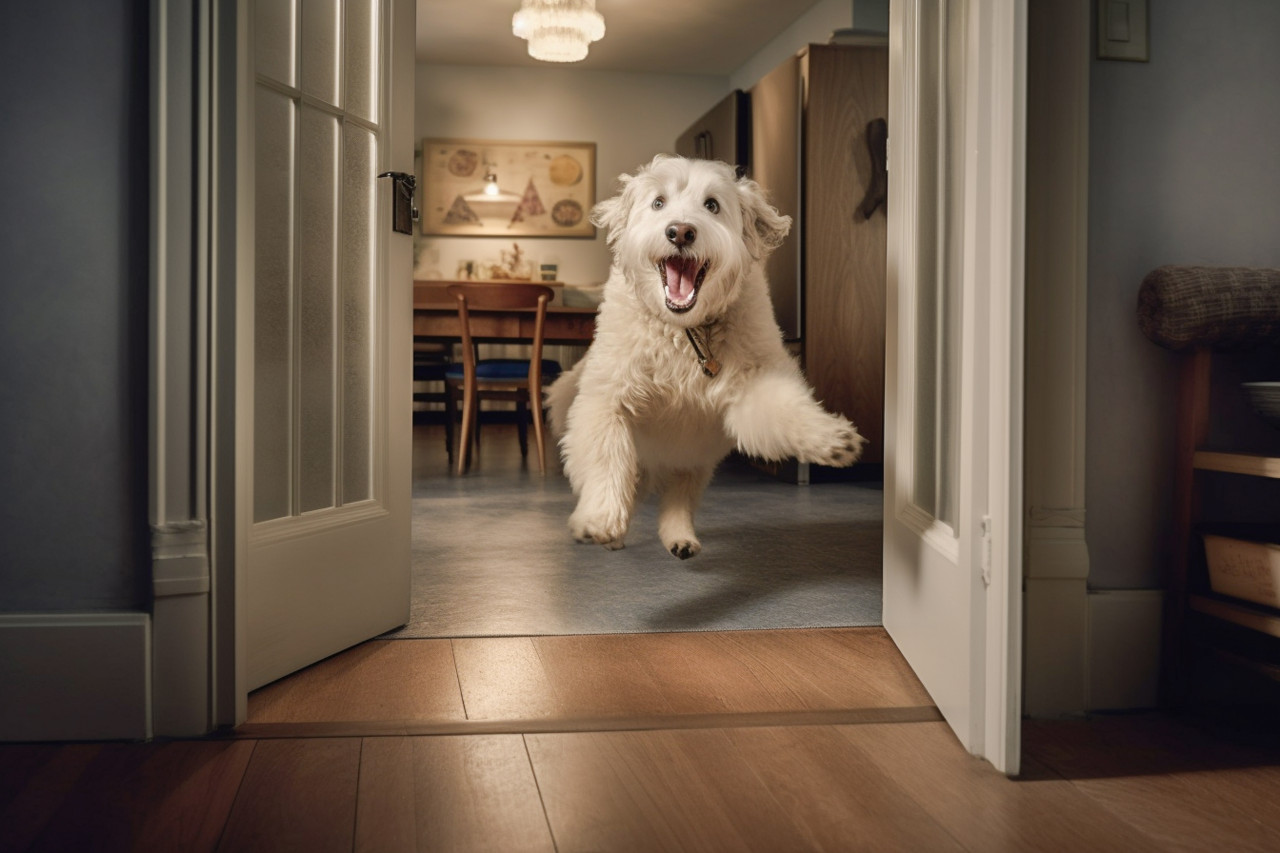
The Adolescent Shift:
For dog owners experiencing a sudden change in behaviour, where a once-happy puppy becomes suspicious or anxious, adolescence might be the culprit. Dogs, like humans, undergo hormonal changes during this period, leading to noticeable shifts in behaviour. A boisterous puppy may evolve into a larger, stronger, and more anxious young adult, more aware of its surroundings and prone to heightened anxiety.
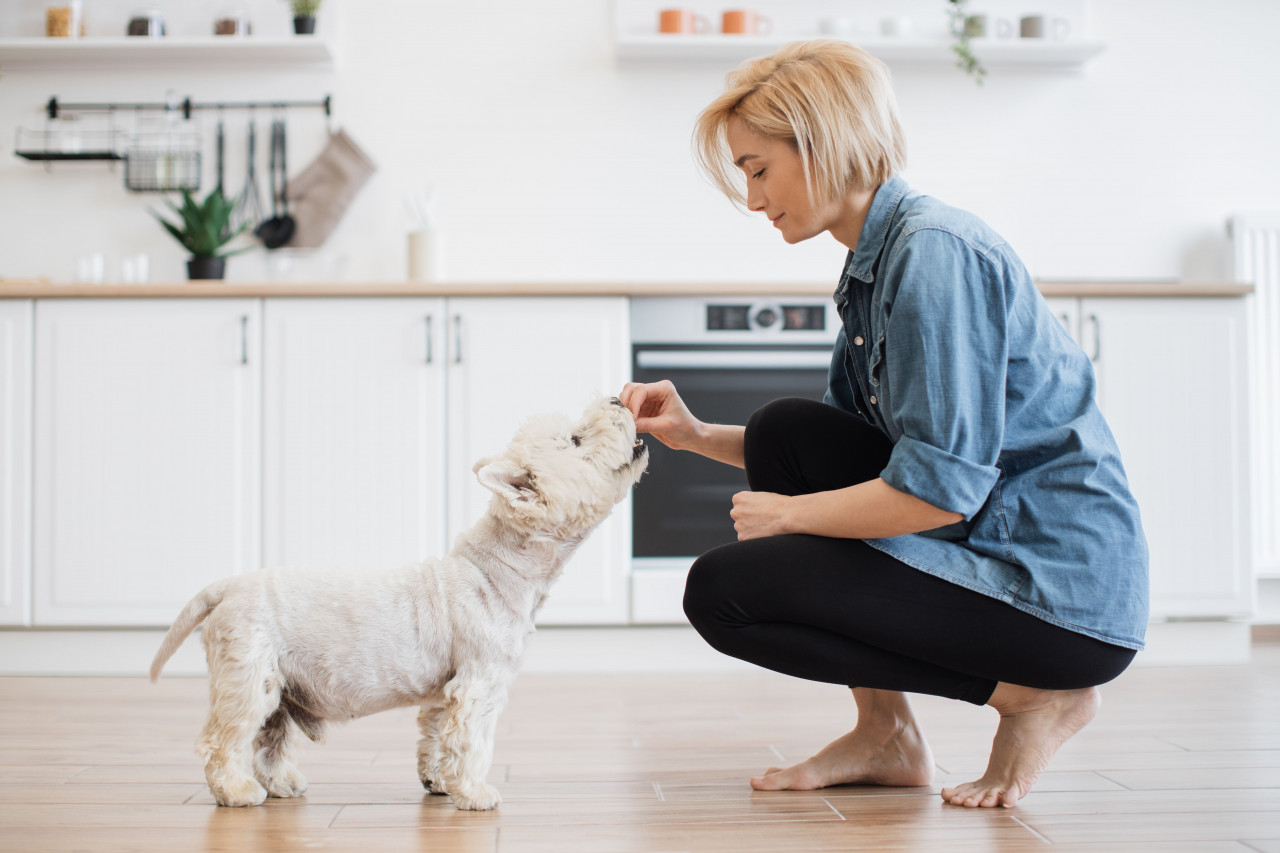
Guiding Your Young Adult Dog:
During this crucial period in their lives, young adult dogs need guidance on how to navigate their changing behaviours. It's common for them to become suspicious of visitors, new things, and situations.
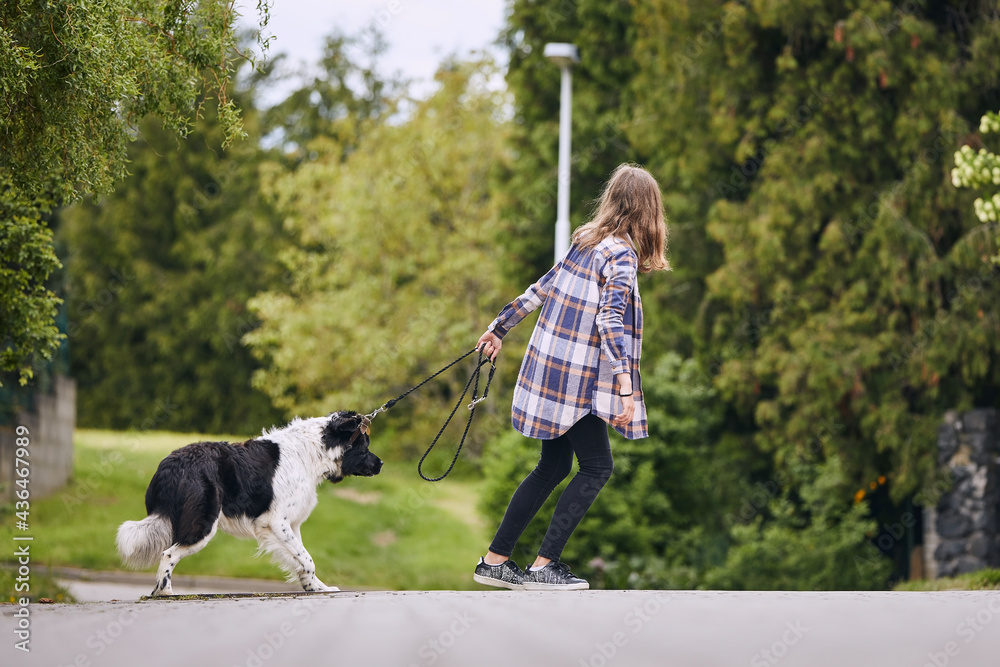
For instance, a familiar route might suddenly trigger anxiety due to perceived threats from inanimate objects. Sensitivity to the environment is heightened during adolescence.
Training Techniques:
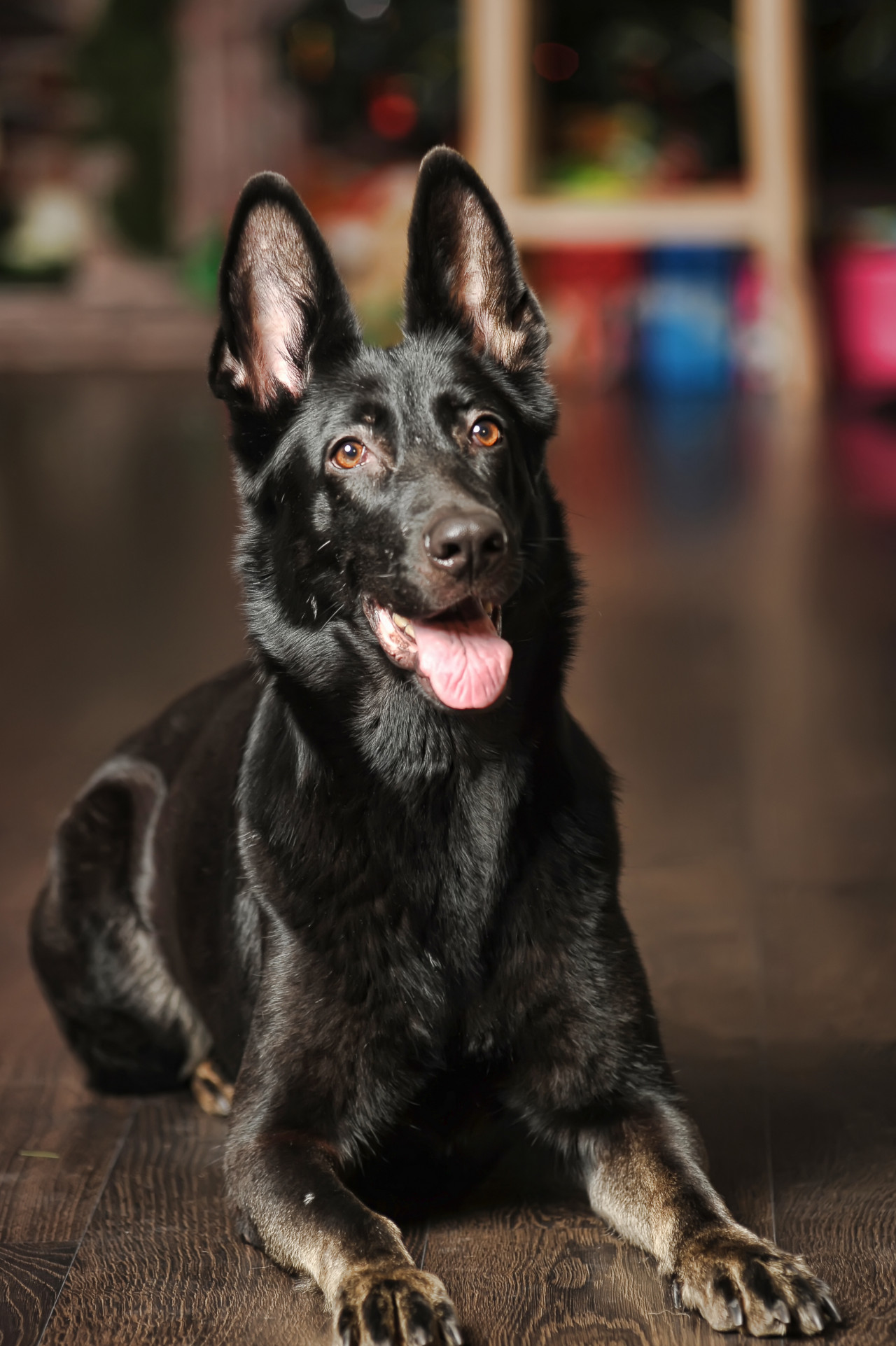
When working with your adolescent dog, we want to offer guidance and reinforce desired behaviours, particularly when guests are involved. Take into account the challenges faced by Joe Biden's German Shepherd as he entered a new and chaotic phase of life during a critical stage in his development, with his busy family having other things on their minds. Here are practical steps you can take:
1. Show the Way:
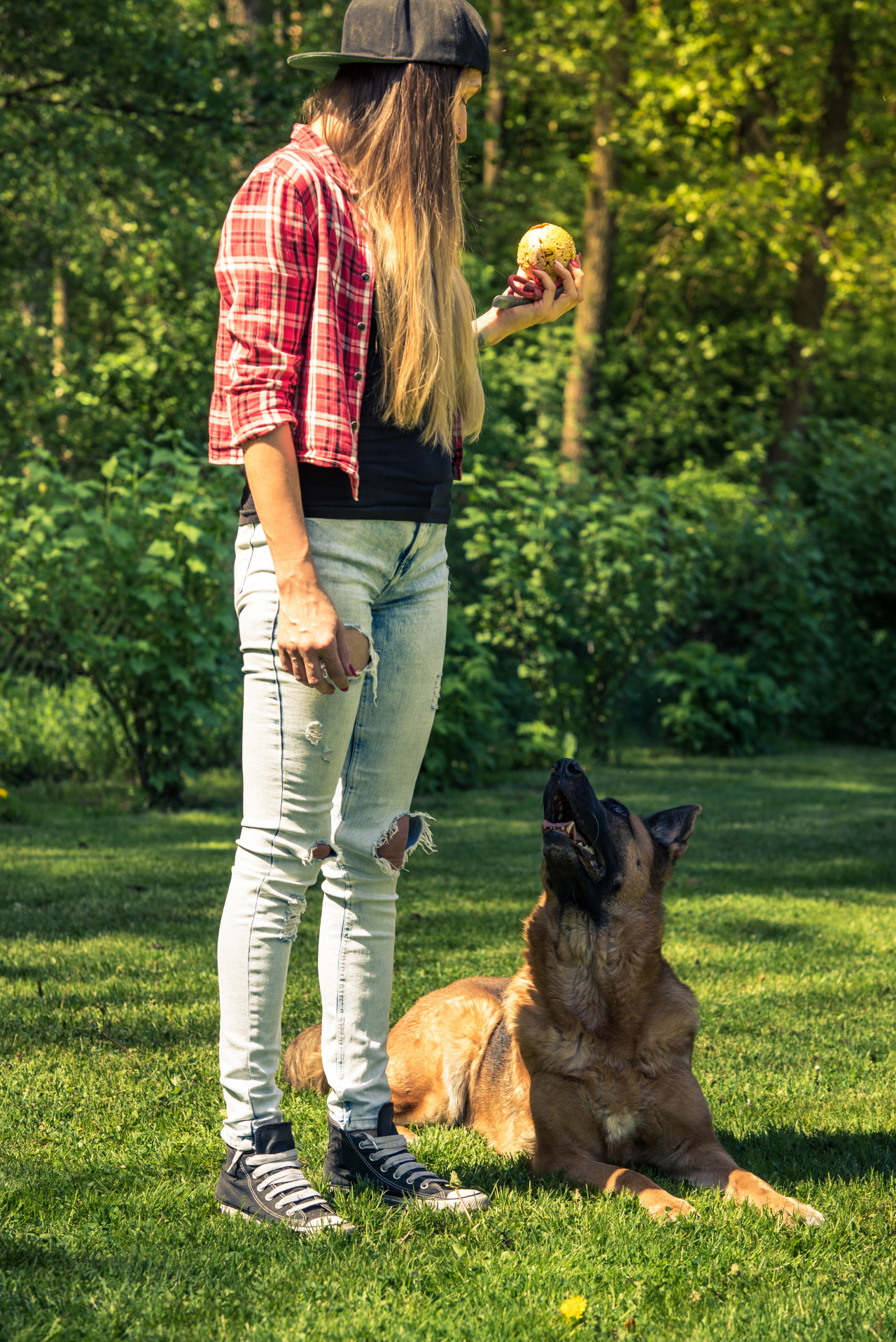
Help your young dog learn to check in with you when someone comes to the house. Let them know you're there to guide them to good and fun behaviour.
2. Switch It Up:
Get your youngster into some different, fun skills, like hanging out quietly or finding a chill spot when guests pop in.
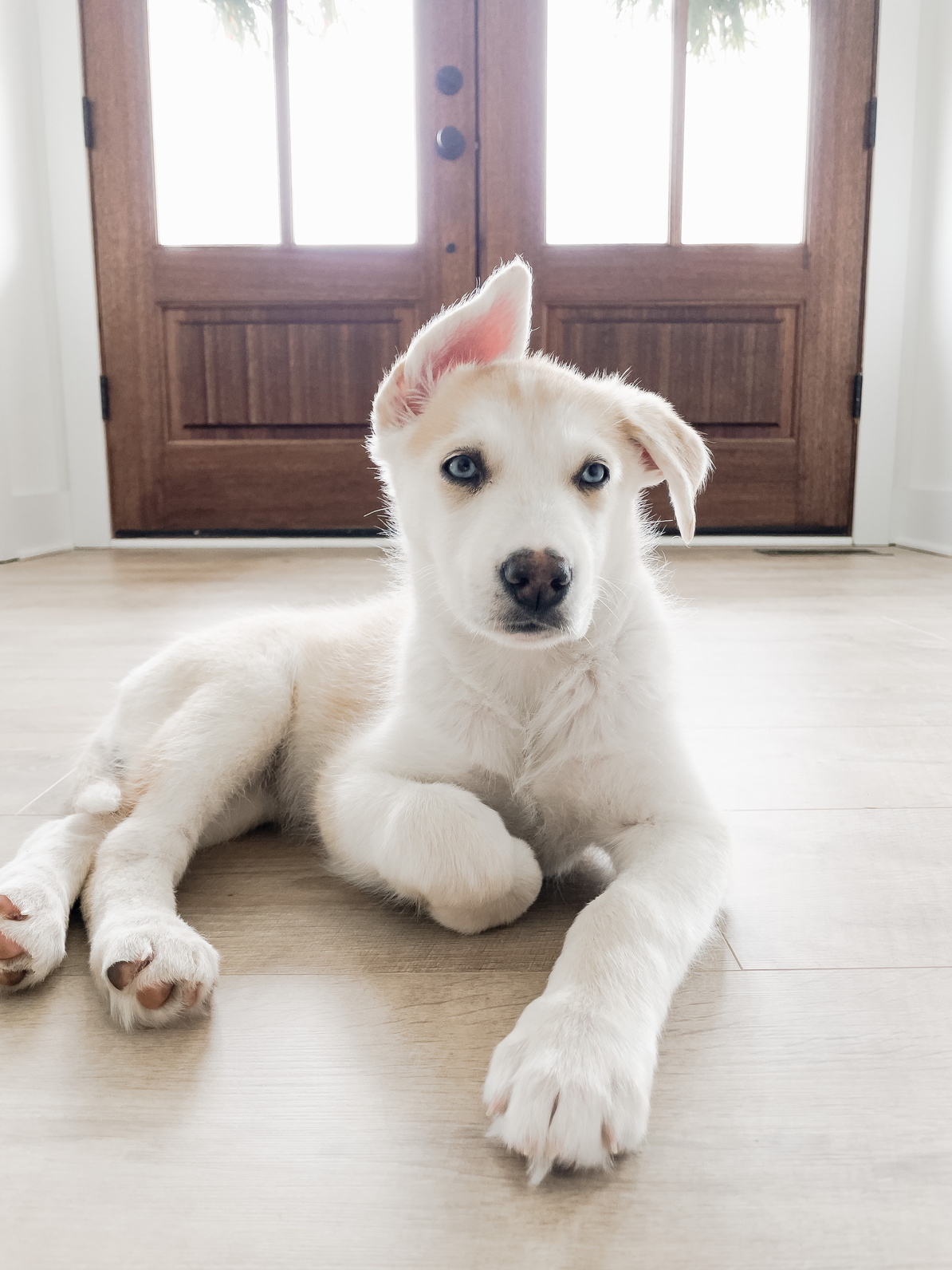
Give them some tasty treats as a reward when they nail these new behaviours to make sure they keep doing them.
3. Get Used to Visitors:
Slowly let your dog meet different people coming into your place in a calm and predictable way. This helps them see it as a regular, not-scary thing.
4. Gradual Exposure:
For guests uneasy around an exuberant adolescent dog, establish a gradual exposure protocol.
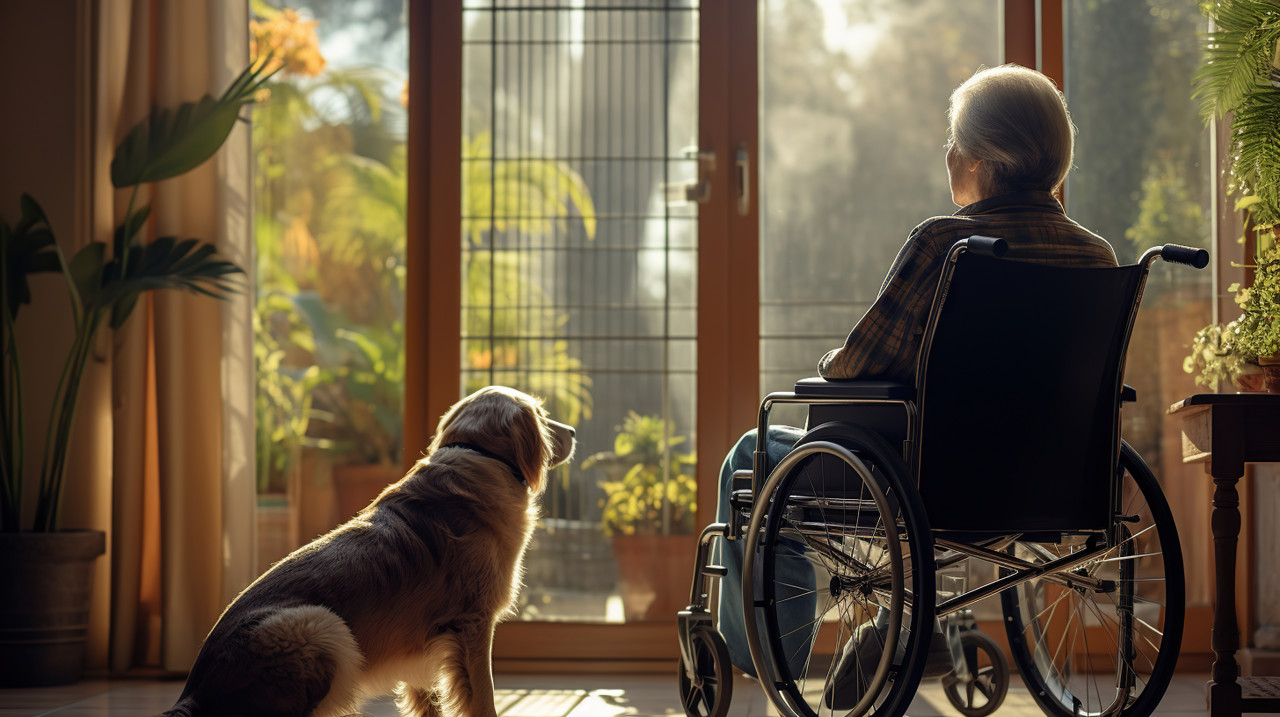
Introduce them to each other in controlled settings until your dog understands how to behave calmly.
Conclusion:
In navigating the complexities of adolescent dog behaviour, we can see where it can go wrong, highlighted in the case of Joe Biden's German Shepherd exhibiting visitor aggression. Understanding how dogs, especially during adolescence, react to unfamiliar individuals entering their space is crucial. By providing proactive training methods, we can effectively deter biting incidents in later life and address the unique challenges that arise when a once-friendly puppy becomes wary of visitors.
The learning loop underscores the importance of addressing behavioural patterns to prevent escalation. Additionally, the adolescent shift highlights the transformative phase dogs undergo, experiencing hormonal changes that can lead to heightened anxiety and changes in behaviour.
As responsible dog owners, guiding our young adult dogs through this crucial period becomes imperative. Sensitivity to the environment is heightened during adolescence, making training techniques that offer guidance and reinforce desired behaviours essential. Remembering the challenges faced by Joe Biden's German Shepherd serves as a reminder that with patience and consistency, we can navigate this chaotic phase and foster a positive relationship with our companions.
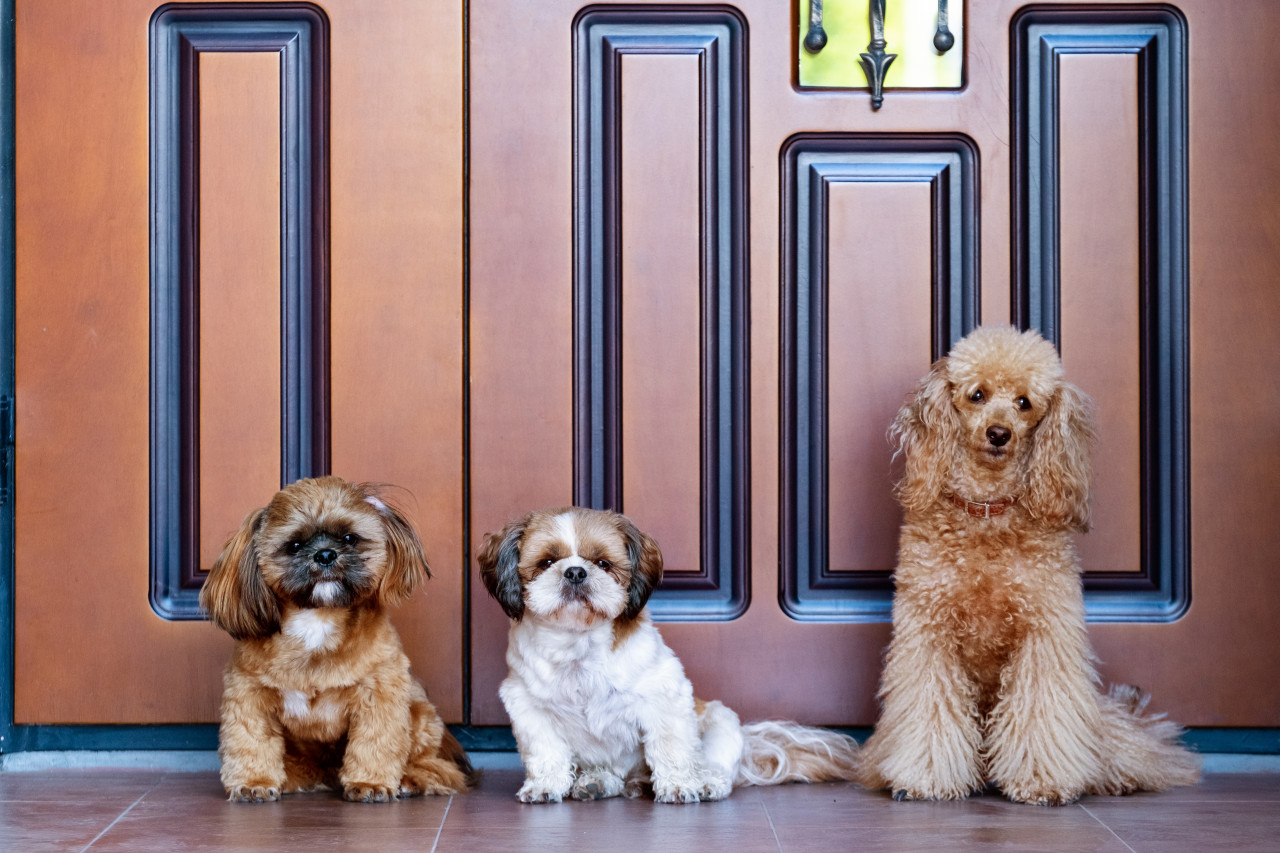
If you're facing challenges with your adolescent dog's behaviour or have questions about the presented techniques, don't hesitate to contact me.
Together, we can ensure a harmonious and enjoyable relationship with your beloved pet.
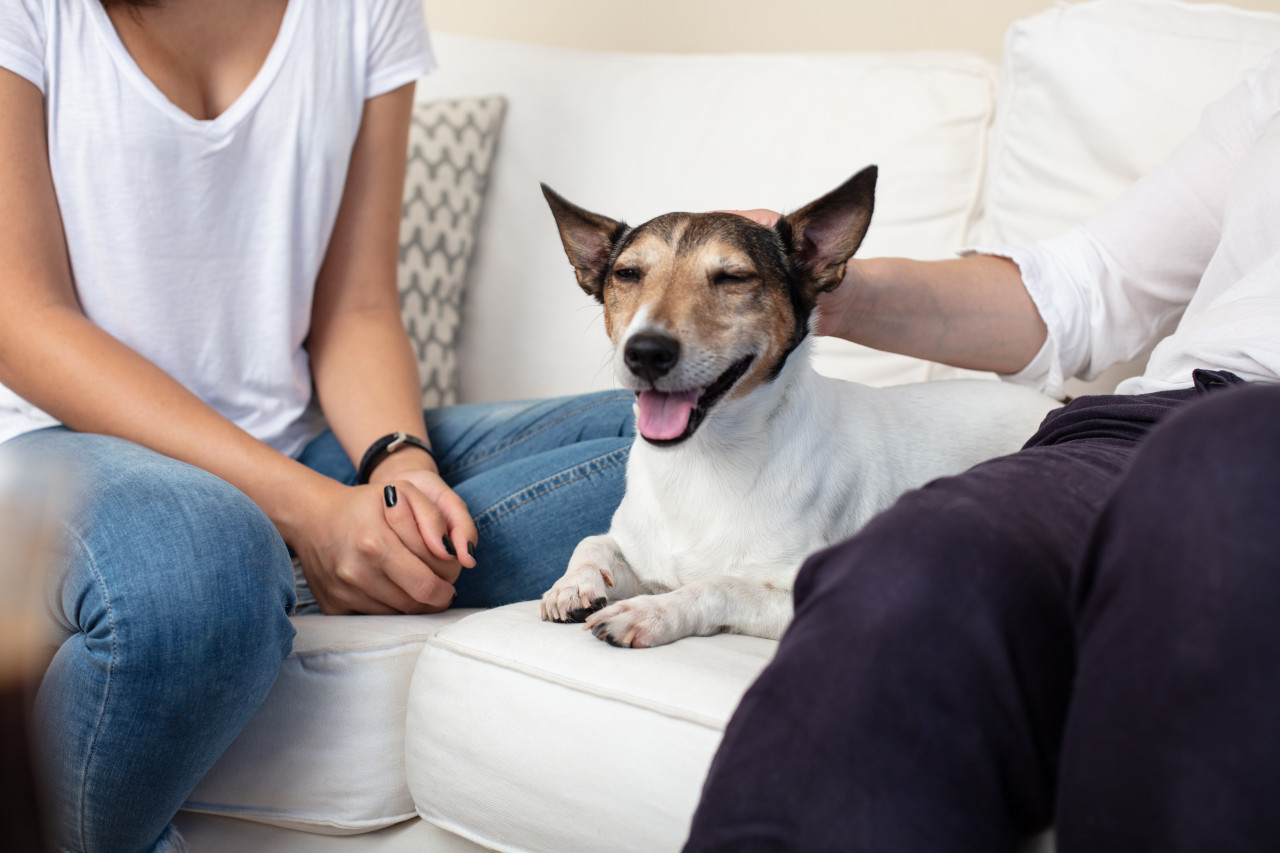
I'm here to provide support and guidance tailored to your specific situation. Feel free to reach out
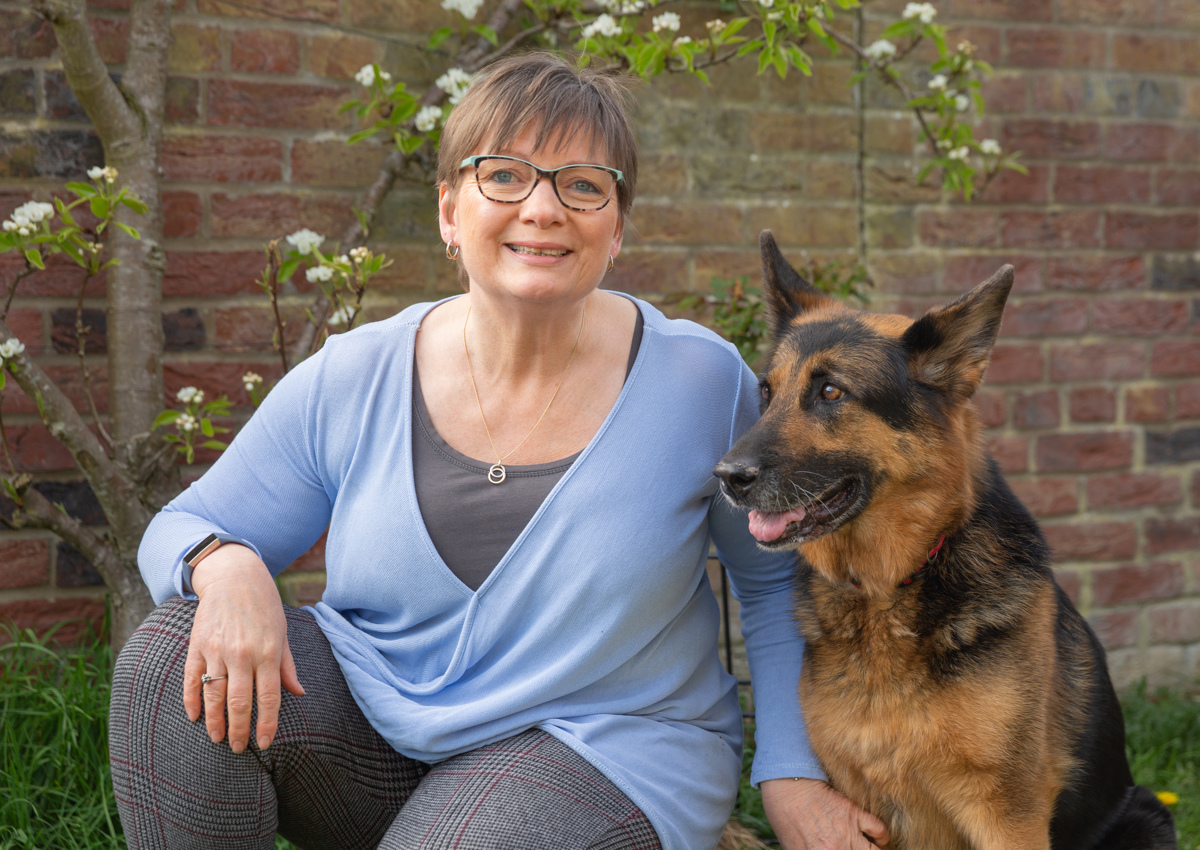
Categories: : Visitor Aggression
 Sue Kewley
Sue Kewley 